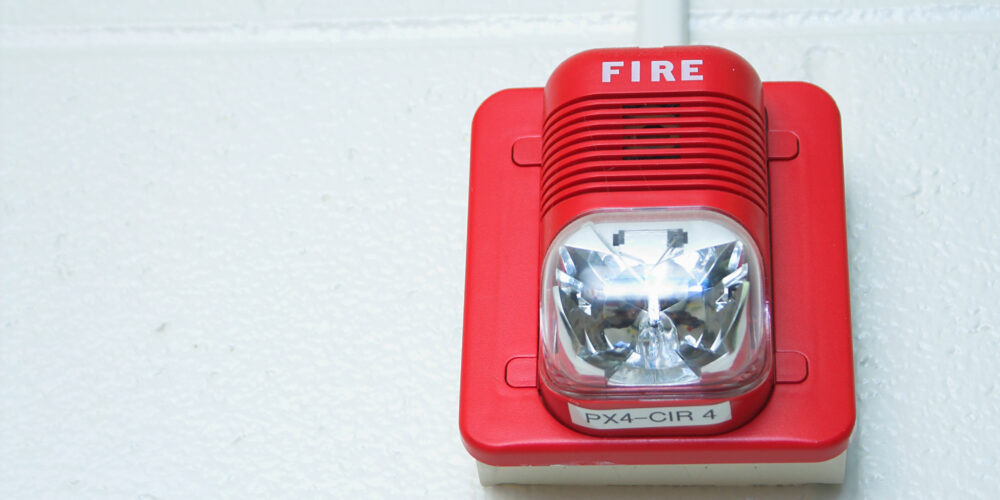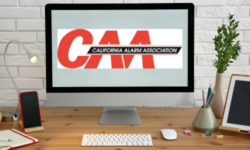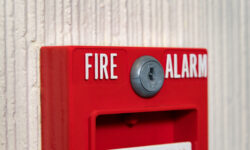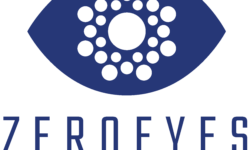Questions Remain About Sending Commercial Fire Alarm Signals Outside U.S.
NAPCO VP Tom Karl assures integrators and end users that its StarLink communications stay within the U.S. borders

Adobe Stock photo by Rob Byron
Alarm industry lawyer Ken Kirschenbaum says in the Nov. 13 edition of his alarm and security industry newsletter, “The Alarm Exchange,” that there’s still some uncertainty about the legality of commercial fire alarm signals being sent outside the U.S.
“I am not an expert on internet communication; I suspect most people aren’t either,” Kirschenbaum wrote in response to a comment by Tom Karl, vice president of corporate sales of NAPCO Security Technologies, Inc.
“The real issue is whether signals will be, as you suggest, ‘potentially more precarious by sending emergency alarm signals across the world, especially in these times of global unrest,'” he wrote.
The first issue, writes Kirschenbaum, is “whether any manufacturer is sending its signals outside the U.S. by design. I wonder if the next issue is whether signals are bouncing all over the world all the time because that’s how the internet is designed.
“The Department of Defense prohibits certain manufacturers,” wrote Kirschenbaum. “It makes sense that DOD is concerned with data traveling who knows where from those devices. Of course, with U.S. policy, enemy foreign governments [if there are any] don’t really have to send signals outside the U.S. since they are allowed to purchase property and conduct their operations and business pretty much unimpeded right here in the U.S.”
More About Commercial Fire Alarm Signals
Karl’s question was in response to a previous query regarding a commercial fire alarm communicator whose alarm signals are routed through Bulgaria, then sent back to central stations in the U.S., in some cases reporting into non-UL 864 listed virtual central station receivers.
“We are also now seeing major fire alarm panel manufacturers installing non-UL 864 listed communicators in their panels, processing and forwarding fire alarm signals via non-UL 864 listed NOCs that reside on Amazon Web Services,” he wrote.
“Although it may seem that the industry is dropping its standards, dealers and AHJs can be assured that the NAPCO StarLink Fire communication system is end-to-end UL listed (by Underwriters Laboratories), from the UL StarLink Fire Communicator to the UL NAPCO NOC, to the UL 864 listed receivers at the central stations,” wrote Karl. “And all NAPCO StarLink communications stay within the USA borders.”
“We have seen tremendous growth in our business, from dealer professionals who want to protect their fire/life safety accounts and business from liability exposure from vanishing POTs lines,” he wrote. “It’d be a shame for dealers like them, to pick a communicator manufacturer who is unsuspectedly making the situation potentially more precarious by sending emergency alarm signals across the world, especially in these times of global unrest.”
If you enjoyed this article and want to receive more valuable industry content like this, click here to sign up for our FREE digital newsletters!

Security Is Our Business, Too
For professionals who recommend, buy and install all types of electronic security equipment, a free subscription to Commercial Integrator + Security Sales & Integration is like having a consultant on call. You’ll find an ideal balance of technology and business coverage, with installation tips and techniques for products and updates on how to add to your bottom line.
A FREE subscription to the top resource for security and integration industry will prove to be invaluable.








